Abstracts
Solar Fuels: The Past, Present and Future Prospects

Prof. Bruce Parkinson
Department of Chemistry and School of Energy Resources, University of Wyoming, Laramie, Wyoming 82071,USA
bparkin1@uwyo.edu
The interest in the direct storage of solar energy as a chemical fuel in a semiconductor based photoelectrochemical system started with the demonstration of solar photoelectrolysis of water with large band gap oxide semiconductor electrodes in the late 1970s. In the last decade or so there has been both and increased interest and increased funding towards achieving a goal of efficiently producing cost effective fuels from solar energy with either water or carbon dioxide as a feedstock. This talk will review the progress towards this goal considering recent developments. One of these developments is that the cost of photovoltaic systems has been decreasing rapidly to where currently the cost of the solar panels is now exceeded by balance of systems cost. The cost of electrolyzers will be also decrease as they are improved and scaled. Connecting these two existing technologies has the advantage of producing hydrogen where and when it is needed and at pressure. These facts mean that the window for direct solar photoelectrolysis is rapidly closing. One possible breakthrough is that a new stable, efficient, inexpensive, defect-tolerant and scalable new materials are identified that can quickly improve the efficiency of photoelectrolysis much like the hybrid perovskites are have done for photovoltaic devices. This talk will review the progress in combinatorial approaches to discover new materials for photoelectrolysis with some examples including one from the Solar Hydrogen activity Research Kit (SHArK) Project, a distributed science project that provides undergraduates and high school students with the resources to produce and screen metal oxide semiconductors for photoelectrolysis activity. In addition the reasons for producing hydrogen from water rather than direct carbon dioxide reduction to produce fuels will be reviewed. A new system for storing solar energy directly as redox equivalents, a solar chargeable redox flow battery, will also be introduced and its advantages and disadvantages compared to solar hydrogen generation will be discussed.
Studies of PCET in Natural and Artificial Photosynthesis
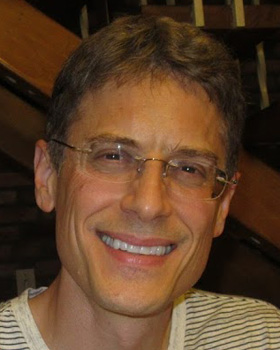
Prof. Victor Batista
Department of Chemistry, Yale University, New Haven, CT 06520-8107, USA
victor.batista@yale.edu
Proton coupled electron transfer (PCET) plays a fundamental role in the mechanism of water-splitting at the oxygen-evolving complex (OEC) of photosystem II (PSII). We address the underlying reaction mechanism by structural studies of catalytic intermediates. Many physical techniques have provided important insights into the OEC structure and function, including X-ray diffraction (XRD) and extended X-ray absorption fine structure (EXAFS) spectroscopy as well as mass spectrometry (MS), electron paramagnetic resonance (EPR) spectroscopy, and Fourier transform infrared spectroscopy applied in conjunction with mutagenesis studies. However, experimental studies have yet to yield consensus as to the exact configuration of the catalytic metal cluster and its ligation scheme. Computational modeling studies, including density functional (DFT) theory combined with quantum mechanics/molecular mechanics (QM/MM) hybrid methods for explicitly including the influence of the surrounding protein, have proposed chemically satisfactory models of the fully ligated OEC within PSII that are maximally consistent with experimental results. The inorganic core of these models is similar to the crystallographic model upon which they were based, but comprises important modifications due to structural refinement, hydration, and proteinaceous ligation which improve agreement with a wide range of experimental data. The computational models are useful for rationalizing spectroscopic and crystallographic results and for building a complete structure-based mechanism of water-splitting assisted by PCET as described by the intermediate oxidation states of oxomanganese complexes. This talk summarizes recent advances on studies of the OEC of PSII and biomimetic oxomanganese complexes for artificial photosynthesis.
Modelling, experimentation and scaling of photo-electrochemical fuel processing devices
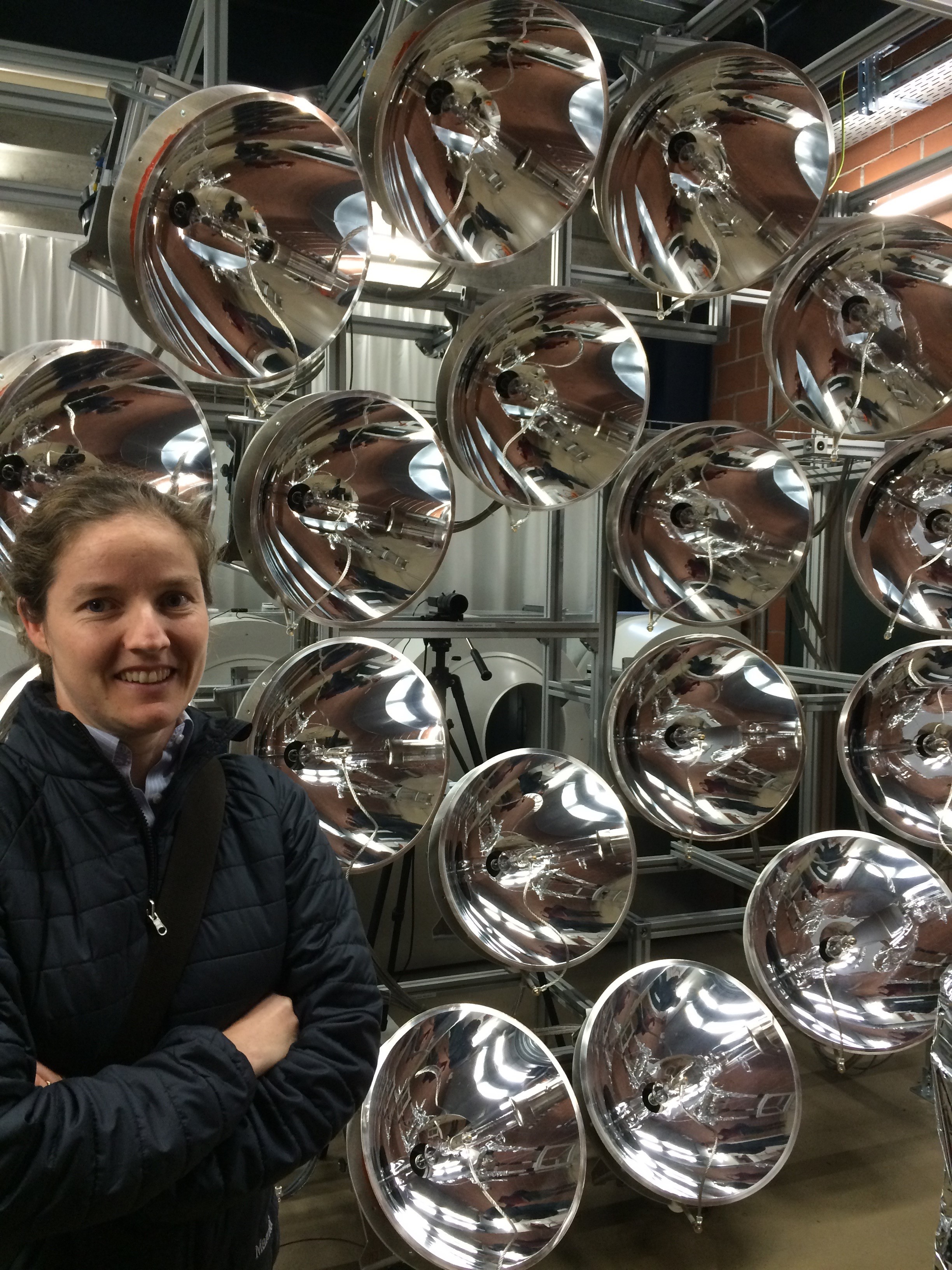
Prof. Sophia Haussener
Laboratory of Renewable Energy Science and Engineering, EPFL, Lausanne, Switzerland
sophia.haussener@epfl.ch
The functionality of photo-driven electrochemical devices relies on complicated and coupled multi-physics processes, occurring at multiple temporal and spatial scales. Device modelling can actively and efficiently support the choice of the most promising – in terms of efficiency, cost, robustness, scalability, and practicability – conceptual design pathways, material choices, and operating approaches1. Modeling is usually accompanied by experimentation in order to provide missing properties, or morphological and performance indicators. Eventually, our research aims at the implementation and scaling of a practical device.
First, I focus on cost competitive photo-electrochemical (PEC) devices relying on morphologically complex particle-based photoelectrodes. Modeling of such devices requires the use and connection of molecular-scale (DFT), meso-scale (nano-tomography based approaches), and macro-scale models. Validation and property identification via experiments is essential for an accurate model and, in turn, provides a better understanding of the observed experimental behavior. Second, I discuss the modeling and scaling of PEC devices utilizing concentrated irradiation. Utilization of concentrated radiation requires implementation of the locally resolved energy conservation equation2 in order to determine if such devices are feasible and to understand how thermal management can be used to ensure high performance operation. The use of controlling strategies to ensure robust device operation is specifically discussed in the light of such devices exposed to non-predicable disturbances. I touch also on the importance of understanding and managing degradation. I then discuss experimental demonstration of a concentrated PEC device with high efficiency (17% solar-to-fuel, based on Gibbs energy) and unprecedented power and current density (27 W output power and 0.88 A/cm2, respectively). Finally, I discuss ongoing scaling approaches by our lab for the design, implementation, and testing of these devices, in order to bridge the gap between research and practical application.
Polypyridine Transition Metal Complexes as Homogeneous Catalysts for Water Decomposition
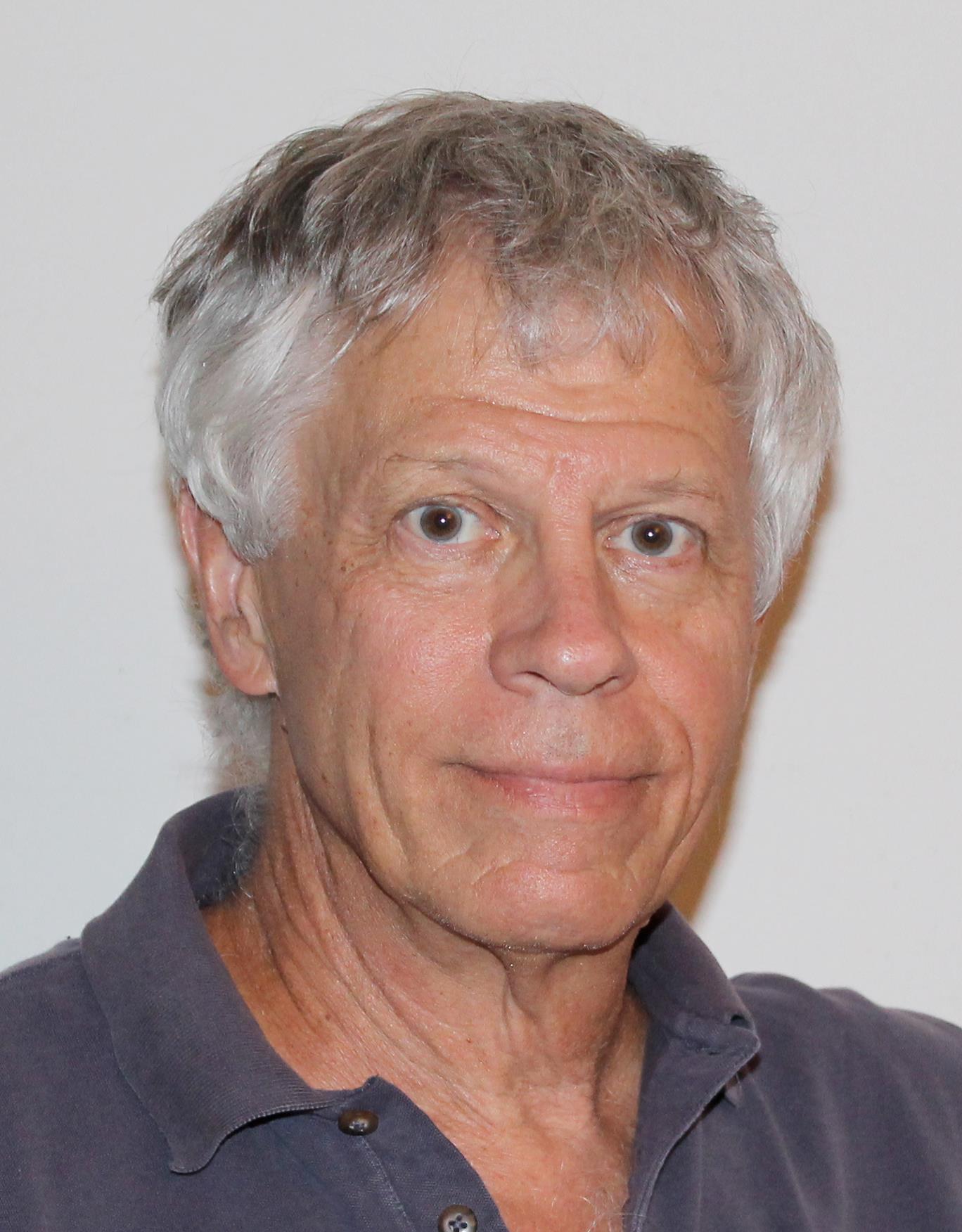
Prof. Randolph Thummel
Department of Chemistry, University of Houston, USA
thummel@uh.edu
The primary objective of this project is the development of a homogeneous catalyst for the photochemical (solar) decomposition of water into its elements. Early work using Ru(II) identified three fundamental types of mononuclear water oxidation catalysts. One of these types involved the tetradentate ligand 2,9-dipyrid-2’-yl-1,10-phenanthroline (dpp) whose Ru(II) complex presented an “open” geometry conducive to attack by water in the equatorial plane. However, smaller first row transition metals were unable to bind dpp in a tetradentate fashion. This problem was solved by incorporating a 2,8-quinolin-di-yl moiety which led to six-membered chelate ring formation and, for the all-syn conformation an approximate square planar tetrapyridine in the equatorial plane. Various attempts to close the macrocycle were thwarted by the unfavorable orientation of nitrogen lone pairs towards the center of the ligand. A cyclocondensation templated by a variety of first row transition metals ultimately solved the problem and directly provided the coordinated metal ion as a potential catalyst. Oxy-anionic variations on the polypyridine motif helped to stabilize higher oxidation states of the metal and promote the catalytic process.
Poisonous water - engineering water coverage improves CO2 reduction catalysts

Dr. Andreas Borgschulte
Group leader Stability and Kinetics, EMPA, Switzerland
andreas.borgschulte@empa.ch
Water is a ubiquitous product of the catalytic reduction reaction of CO2 with hydrogen in addition to the sought chemical compound such as methane or methanol. On a first view, it may be sufficient to include its effect on the reaction yield by simple thermodynamic considerations. However, water is a reactive compound, in particular at high partial pressure as is the case under realistic reaction conditions having a detrimental effect on heterogeneous catalysts. The approach “diagnosis by therapy” gives a first impression of the effect: the reaction yield of CO2 reduction to CO, to methanol, as well as to methane is strongly improved by the active removal of water from the reaction centres, focussing the target of our research on the water-catalyst interactions. Despite vast knowledge on water-solid interfaces, the investigation of such phenomena remains a challenge: in addition to the compatibility of the technique to the harsh reaction conditions, a molecular molecular understanding is hampered by the difficulty of extracting meaningful information from operando techniques applied on complex materials (pressure and materials gap in heterogeneous catalysis). The many pieces of the big jigsaw puzzle relies on kinetic measurements, isotope exchange experiments and various spectroscopic operando methods. A striking outcome derived from inelastic neutron spectroscopy is that water does not influence hydrogen chemisorption on Ni/alumina-silica catalysts. Still, total water coverage increases with reaction time and with it the reaction yield decreases. To allocate the poisoning effect to the metal particle or to its support, we probe Ni and alumina individually. Water uptake on Ni is indeed negligible, but a high water partial pressure oxidizes the metal eventually ending up at oxide surfaces with a high affinity for water. We show how the detrimental water concentration can be kept low using sorption enhanced catalysis. This in turn requires a careful engineering of the water transport through the sorption catalysts.
Molecules at Surfaces: DFT calculations of Structure and Reactivity

Prof. Jürg Hutter
Department of Chemistry, University of Zurich, Switzerland
hutter@chem.uzh.ch
Density functional theory (DFT) has been used to study the geometric and electronic structure of various molecules of interest for water splitting at metal and oxide surfaces. We further studied reaction profiles for some selected cases. In this presentation I will introduce the available simulation methods and their limitations to perform these type of studies. I will present examples from recent studies on the interaction of pyrphyrins with Au(111) and TiO2 surfaces, the effect of CO2 coverage on CeO2 and phosphonic acid on rutile, and a dehalogenation reaction on the nanomesh.
In situ electron microscopy for direct correlation between structure and properties at high spatial resolution

Prof. Eva Olsson
Department of Applied Physics, Chalmers University of Technology, Gothenburg, Sweden
eva.olsson@chalmers.se
This lecture will address and illustrate the use of in-situ electron microscopy to directly correlate material structure and properties at high spatial resolution. Examples of important mechanisms that can be studied are those of transport properties of charges, heat, liquids and particles in complex structures and also of effects induced by light, mechanical strain and temperature changes. Interfaces, defects and atoms affect the material properties on the macro, micro, nano and atomic scale. New aspects of material properties and mechanisms, not obvious from measurements on the macro scale, can be revealed using in-situ electron microscopy. The knowledge is crucial for not only the understanding of the mechanisms that are involved but also for the design or materials and devices with tailored properties. The need for high spatial resolution imaging and spectroscopy of both surfaces and internal structure can in many cases only be met by transmission electron microscopy (TEM) or a combination of electron microscopy and other techniques. TEM holders for in situ dynamic experiments and manipulation including studies of transport of charges and condensed matter further expand the dimensions of information that can be extracted. This lecture will address the different types of in-situ electron microscopy, the information that can be obtained, aspects of specimen geometries and effects of the interaction between the electron beam and specimens.
Electrochemistry at interfaces from first principles
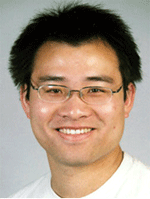
Prof. Jun Cheng
College of Chemistry and Chemical Engineering Xiamen University, Xiamen 361005, China
chengjun@xmu.edu.cn
Electrochemistry is an old branch of science, and the renewed interest is largely due to its important relevance to the contemporary challenges on energy and environment. This offers a good opportunity for theoretical development of this interesting and challenging field. I will first present a density functional theory based molecular dynamics (DFTMD) method for calculation of redox potentials and pKa’s, and its application to electrochemical interfaces for computing level alignment and surface acidities. In particular, I will explain a computational standard hydrogen electrode (cSHE) method to align all computed energy levels across electrochemical interfaces to a common reference so that they can be directly compared against experiment. Perhaps, more relevant to this summer school is to use this method to calculate the thermochemistry of proton coupled electron transfer (i.e. water oxidation) at oxide water interfaces. Furthermore, a unified electronic and protonic level diagram is proposed to help understand the catalytic activity of electrode materials.
Investigating mechanisms in (electro)catalysis by X-ray spectroscopy with synchrotron radiation
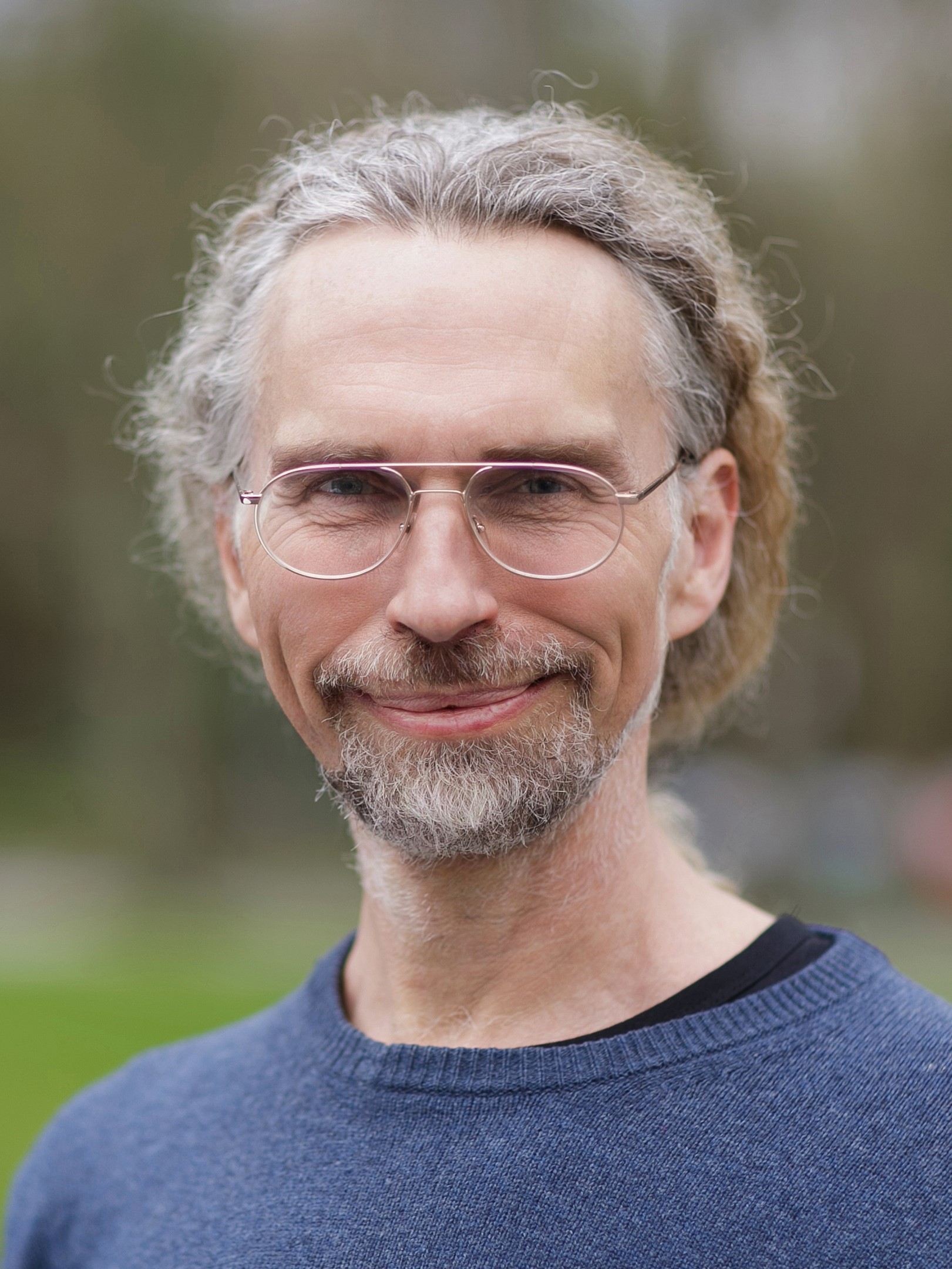
Prof. Holger Dau
Institut for Experimental Physics, FU Berlin, Germany
holger.dau@fu-berlin.de
Catalytic materials are of crucial importance, e.g., in production of non-fossil fuels. Mechanistic insight can facilitate knowledge-guided improvement of catalyst materials regarding turnover frequencies, energetic efficiency and long-term stability. Therefore we have developed experimental approaches to track catalytic processes under in situ (operando) conditions. X-ray spectroscopy is especially powerful when it comes to investigation of non-crystalline, redox-active catalyst materials at the atomic level. After outlining the basics of X-ray absorption spectroscopy, applications are discussed with focus on new in situ (operando) experiments for tracking electrocatalytic reactions, specifically water oxidation, with millisecond time resolution.
Understanding Heterogeneous Electrocatalysis at the Molecular Level

Prof. Yogi Surandraneth
Massachussettes Institute of Technology MIT, USA
yogi@mit.edu
The efficient interconversion of electrical and chemical energy requires catalysts capable of accelerating complex multi-electron reactions at electrified interfaces. The development of new and improved catalysts for energy conversion requires a molecular-level understanding of the mechanisms of inner-sphere interfacial electron transfer. This presentation will develop a physical basis for understanding the factors that control interfacial reaction rates by drawing comparisons to established electron-transfer reactivity and catalysis in model molecular systems. These molecular-level models of interfacial reactivity will then be applied to uncover key design principles for controlling selectivity and efficiency in the reduction of CO2 and H2O to chemical fuels.